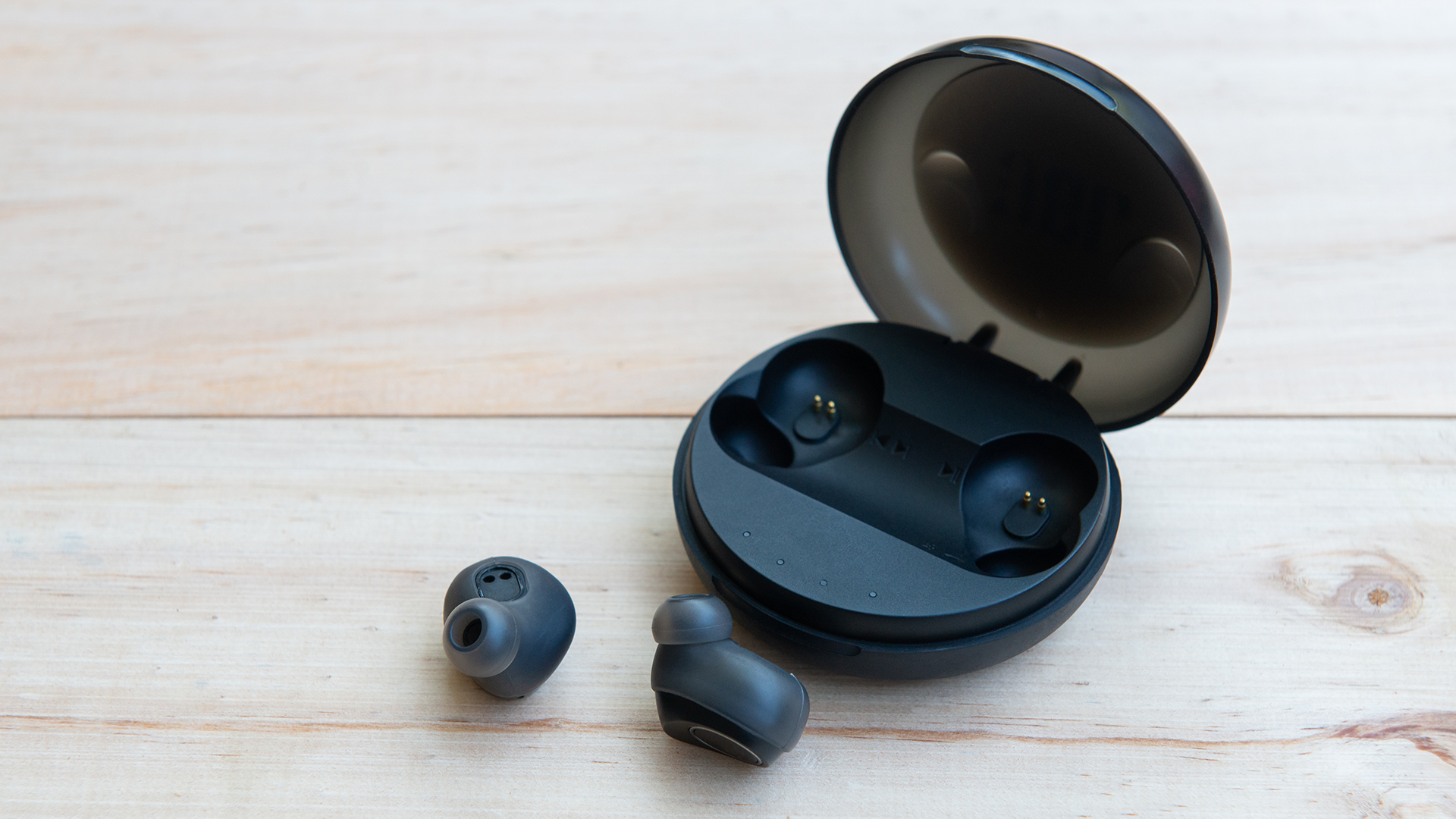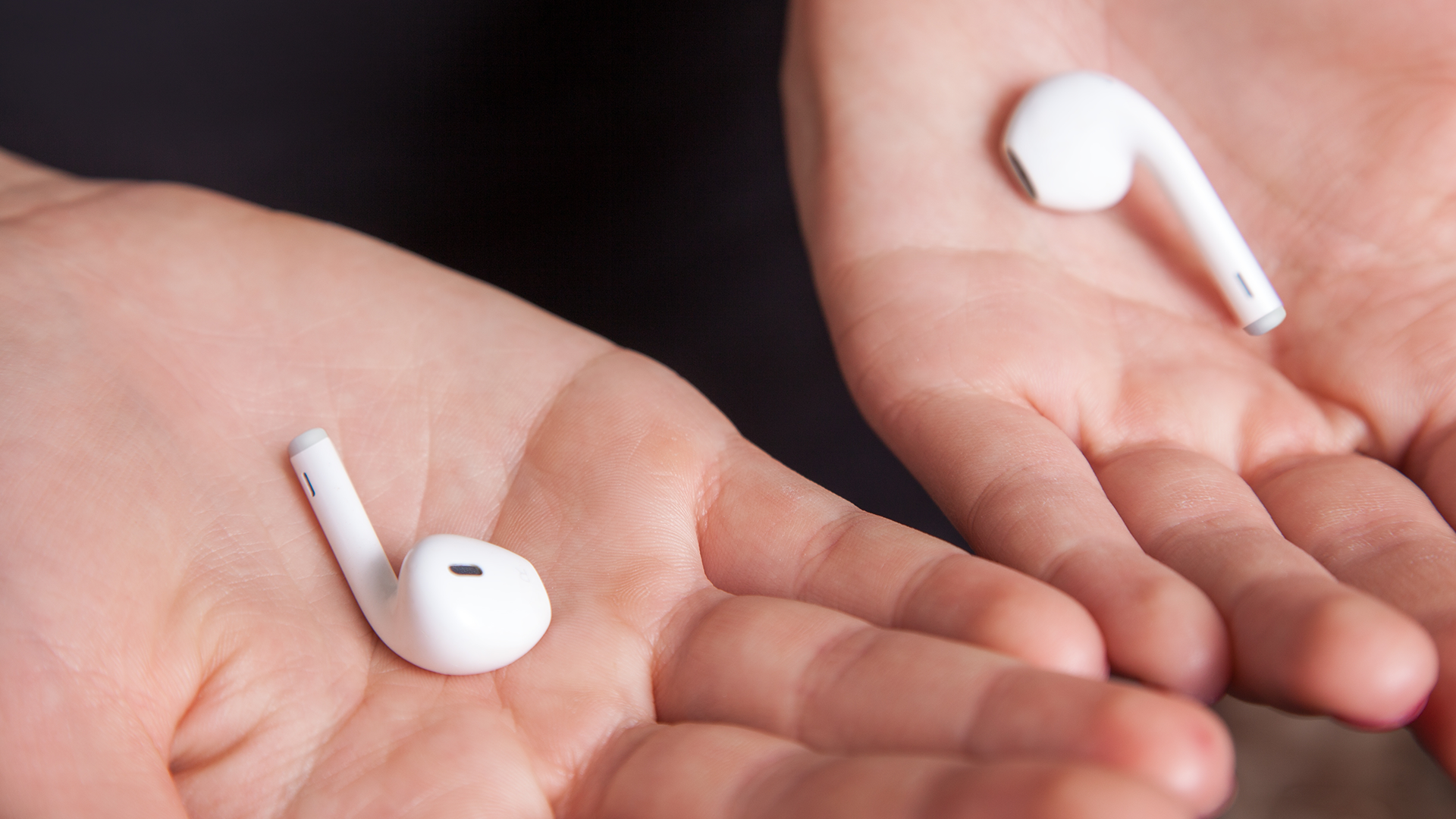Quick Links
With features like active noise canceling (ANC), transparency modes, and aptX, it's hard to figure out what you should actually look for in a set of true wireless earbuds. So, we've wrangled together all of the wireless earbud features that actually matter, and explained why they might (or might not) be useful to you.
The Rudiments: Audio Quality, Battery Life, and Controls
Fancy features like active noise canceling are useless if your earbuds suck. So before we get into all those fancy features, we're going to cover the rudiments of true wireless earbuds. We'll try to keep this as simple and informative as possible. There's information here for everyone, regardless of your budget or knowledge of earbuds.
Audio Quality
Audio quality is often (but not always) the guiding light for earbud shoppers. If you want the best possible audio quality from your wireless earbuds, then be prepared to spend over $100, and take some time to learn about features like ANC and aptX.
But if you don't care that much about audio quality, then don't worry about it. Wireless earbuds in the $40 to $100 range sound good enough for most people (especially if you're mostly into podcasts or audiobooks), and they usually have the same battery life as Apple AirPods.
Battery Life
Apple AirPods have a four or five-hour playtime. This time can be extended with the charging case, which holds an extra 24 hours of juice. And generally speaking, you can expect this battery performance from any pair of earbuds, even the cheapest options.
Of course, some wireless earbuds exceed the AirPods' battery life. The Creative Outlier Air, with their insane 10-hour playback time from the 'buds alone, are a great example, and they cost only $80.
The thing that you can't expect from cheaper earbuds is fast charging. With the AirPods, a 15-minute charge gives you three hours of playtime. Similarly priced earbuds, like the Jabra Elite 65ts, charge at about half that speed, and cheaper options are a little slower than that. (Fast charging is handy if you listen to music at work, or if you forget to put your earbuds back in their case. It's not something to stress out about, but it's something that's worth talking about.)
Controls
Wireless earbuds are set-it and forget-it. You pair them once via Bluetooth, and they'll automatically connect and disconnect when moved in and out of their charging case. (AirPods and Beats earbuds are a little easier to pair with iPhones than other wireless earbuds, but the difference isn't a huge deal.)
Unfortunately, it can be difficult to use the controls that are built into wireless earbuds. People make it look easy in advertisements, but wireless earbuds have tiny (and often clicky) buttons that are a bit awkward to use, especially if you skip the instruction manual. Some of them totally lack volume controls, so you're forced to adjust your volume from your phone (which, to be fair, is how most wired headphones work).
If you plan to control your phone from your earbuds, then we suggest looking for "touch" controls. These controls don't use any clicky buttons, so you don't have to push your finger into your ear just to pause or play tracks. Similarly, headphones like the AirPods Pro have the controls in the "stem," so they're easier to use.
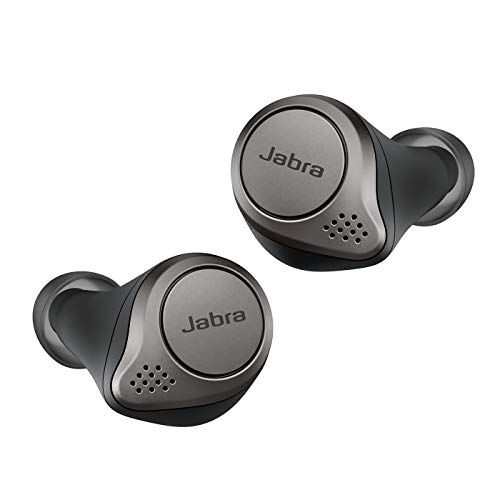
Jabra Elite 75t– True Wireless Earbuds with Charging Case, Titanium Black – Active Noise Cancelling Bluetooth Earbuds with a Comfortable, Secure Fit, Long Battery Life, Great Sound
The Jabra Elite 75ts are the best sounding earbuds on the market. They also have a 28-hour total battery life, EQ options, and a decent "transparency" mode.
IPX Ratings: Sweat, Water, and Dust Resistance
Most true wireless earbuds have an IPX water resistance rating. This means they're certified to withstand varying degrees of water and dust exposure. IPX ratings can be a little difficult to parse, so let's work it out right now.
IPX ratings are made up of four characters (IPX4, IP57, etc). The first two characters, I and P, simply stand for "Ingress Protection." The third character indicates a product's resistance to solids (like dust or dirt), and the fourth character indicates water resistance.
Most wireless earbuds have an IPX4, IPX5, or IPX6 rating, which means they're splash-proof and sweat-proof (the "X" means they haven't been tested for dust resistance). Earbuds in the IPX4 to IPX6 range can't be submerged, but they'll survive some rain, sweat, or a good squirt from a water gun.
If you intend to use your earbuds while killing it at the gym, performing intense outdoor labor, or coaching a swim team, then you might want to buy a pair with an IPX7 rating. This rating certifies that your earbuds can withstand submersion in a meter of water. (Just to be clear, even with an IPX rating, your earbuds' warranty might not cover water damage.)
Active Noise-Cancelling (ANC) and Noise Isolating
Active noise-canceling (ANC) headphones use built-in microphones to monitor the noise in your environment and cancel out ambient sounds. They're perfect for blocking out the engine sounds of an airplane or bus, and they can come in handy while you work in a coffee shop or walk downtown.
That said, ANC wireless earbuds are expensive, and they work best in areas with a bunch of low-frequency hum. You might not notice a huge difference while listening to ANC earbuds at home, and you might not like how they feel on your ears.
And what about "noise isolating" earbuds? In our experience, "noise isolating" just means they plug your ears up real good. It doesn't actually mean that much---although some earbuds are more "noise isolating" than others.
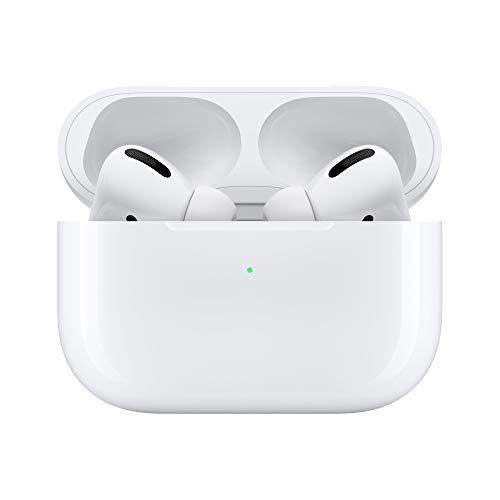
Apple AirPods Pro
The AirPods Pro's ANC and transparency modes are incredible. In terms of sound quality and features, the AirPods Pro are the most fully featured earbuds available.
Transparency and "Listen Modes"
AirPods Pro earbuds have something called a Transparency mode, which allows you to hear your environment without sacrificing sound quality. Like ANC, Transparency mode blocks out some low-frequency ambient noise, but it lets human voices (and other higher-pitched sounds) come through. In a way, it feels like listening to music through speakers instead of earbuds.
Some other earbuds, like the Sony WF-1000XM3, the Bragi Dash Pro, the Sennheiser Momentum, the Jabra Elite 65t, and the Jabra Elite 75t have their own transparency modes (sometimes called "pass-through" or "listening" modes). In our experience, AirPods Pro does it best, but Sony and Sennheiser's transparency modes are also fantastic.
Smart Assistant Support
Some wireless earbuds offer smart assistant support, which means that you can control your smart assistant without touching your phone. For most people, it's a totally benign feature. But if you're a big fan of Siri, Alexa, or Google Assistant, then it's worth buying a pair of wireless earbuds that's smart assistant friendly.
If smart assistants are your priority, then you should check out AirPods or AirPods Pro (for Siri), the Echo Buds (for Alexa), and the upcoming Google Pixel Buds (for Google Assistant).
HD Audio: Bluetooth, AAC, and aptX
Wireless audio codecs are complicated, confusing, and frustrating. For the average person, this stuff doesn't matter at all. But if you're buying an expensive pair of earbuds, then it's worth learning about AAC and aptX encoding standards. They're not that complicated, and you'll be thankful you looked into it.
Let's start with aptX. It's essentially a Qualcomm-branded update to the basic Bluetooth wireless codec. Unlike basic Bluetooth, which always lowers audio quality, aptX streaming uses advanced algorithms to retain audio fidelity and reduce latency. Android Oreo natively supports aptX, so most Android phones (and Windows computers) work with the codec. Sadly, aptX doesn't work on iOS.
Okay, but what about AAC? It's basically Apple's version of aptX. AAC is built into most premium earbuds (AirPods, Powerbeats Pro, etc.), and it's a major upgrade from standard Bluetooth. Plus, it works with nearly all devices, including Android phones and Windows computers. (Some people claim the AAC codec sounds worse on Android devices. We can't tell the difference, but it's possible. Either way, it's a huge upgrade from standard Bluetooth.)
Some earbuds, like Galaxy Buds, have their own audio codec. We're just focusing on AAC and aptX because they're by far the most common.
Features You Can Live Without
There are so many wireless earbud features, but some of them aren't really worth your attention. They might be nice on paper, but in most cases, they should be treated as an afterthought.
Here are a couple wireless earbud features that you can ignore:
- Wireless charging: We're definitely fans of wireless charging, but we don't think it's a selling point for earbuds (which need to be plugged in only once or twice a week at most). Plus, manufacturers know that wireless charging looks expensive, so they like to add it to their cheap earbuds. If anything, you should treat it like an afterthought.
- High-quality microphones: Some manufacturers advertise that their earbuds have super-high fidelity microphones. In our experience, all earbuds have acceptable call quality, and earbud latency is more important than microphone quality.
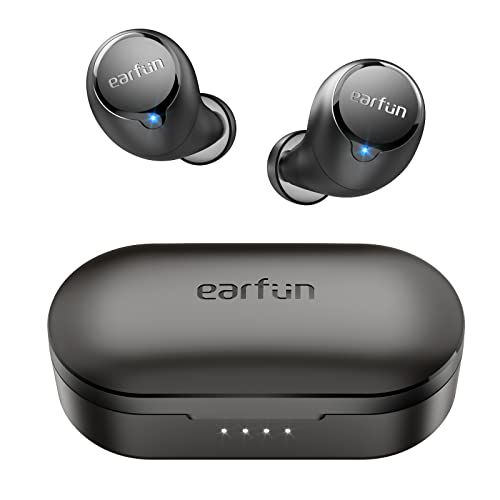
EarFun Free 1S Wireless Earbuds, [2023 Version] 4 Mics ENC Bluetooth 5.0 Earbuds, 7mm Composite Drivers, App for Custom EQ, Sweatshield™ IPX7 Waterproof Headphones, Wireless Charging, Game Mode, 30H
The EarFun Free earbuds have an IPX7 water resistance rating, a 30-hour playtime, and quick charge capabilities. They're our favorite bargain-bin wireless earbuds.
We've covered a lot of ground here, from the rudiments to ANC and all the way to Bluetooth codecs. But we want to emphasize that fancy features don't make earbuds "good." Be sure to focus on the rudiments, like battery life and audio quality, before you lock in on premium features.

